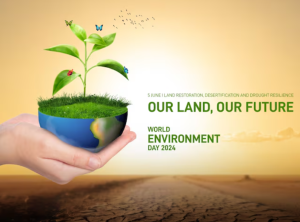In an article in Deccan Herald earlier this month, Carnatic musician TM Krishna wrote on the flip side of technology. Earlier, while recording a song, the musicians painstakingly corrected their errors manually, sometimes even redoing the entire song again. Unlike today when musicians are able to leverage software to correct mistakes in rendition at the precise spots to produce a perfect piece, This, according to Krishna, introduces ‘a note of falsehood’ where intelligent technology and sophisticated software is helping musicians camouflage their mistakes and thus aid in deceiving the listener in believing that what they heard was a perfect, uninterrupted piece.
Krishna goes on to talk about software “to correct, perfect, reshape, restructure vocal samples and recordings of all kinds in the highest quality.” While this technological advancement is helping musicians, the question is how many are willing to acknowledge this and give credit to the multiple softwares used at the end of each recording so that the listener knows the truth behind what they are listening to?
From music to sports to apps, technology has permeated every part of life, adding efficiency and improving productivity.
At the end of the day, it’s about how one wants to use this technology.
Starting my career in public relations at a time when there was hardly any technology of note, I have seen the fascinating ways in which we have used this powerful tool in our profession. Technology has certainly helped us to go about our work uninterrupted through the disruptions caused by the pandemic in the last two years.
Today, we have mastered the art of virtually doing everything that we did face-to-face earlier. Platforms like Zoom and MS Teams have helped us connect with colleagues and customers across the globe from our living rooms. Social media has used technology, not just for communicating, but also to effectively market products and services.
We are using technology tools to capture intricate details of performance measurement. In real time, we are able to post snippets of events and media announcements on social media handles. Photographs and videos have taken over from long-winded text. Creative animations have made voice-overs passé. Newsletters have gone digital, bringing in their wake a plethora of applications. Today, we can even keep pace with movements in the industry and the media through use of appropriate tools.
On the downside, however, is the pace at which a story can go ‘viral’, sometimes causing damage to a company’s reputation and has to be tackled immediately. Listening and monitoring social media have become an integral part of a communications professional’s life. But technology also helps in building an effective campaign to minimize the damage and restore the brand image in a regulated way.
Like everything else around us, technology is a powerful tool and it’s up to us to use it to the best extent we can. We need to adapt quickly to rapid changes and reskill ourselves periodically. We need to see technology as a friend and not a foe that shakes us out of our comfort zone.
By Narahari K.S.




